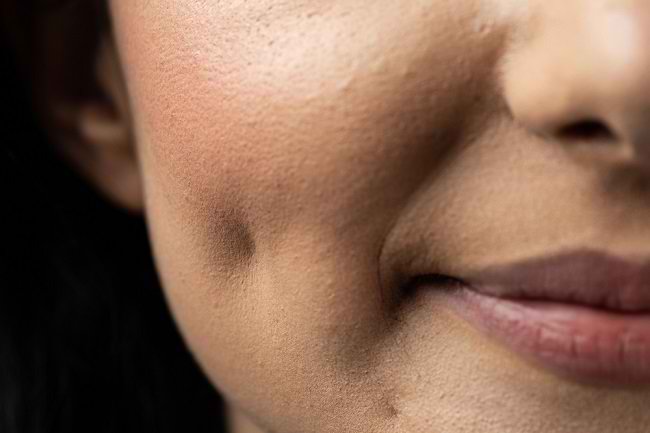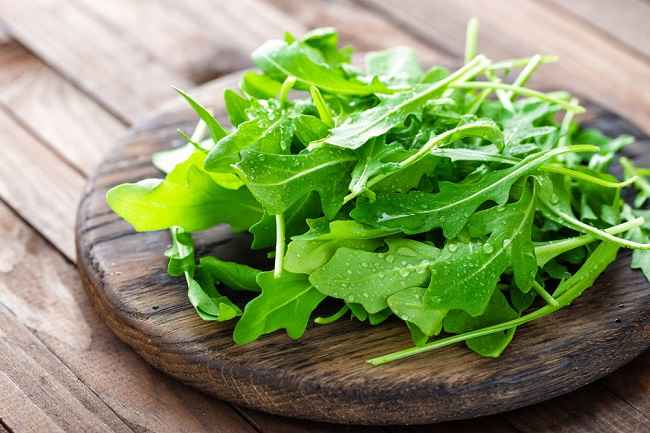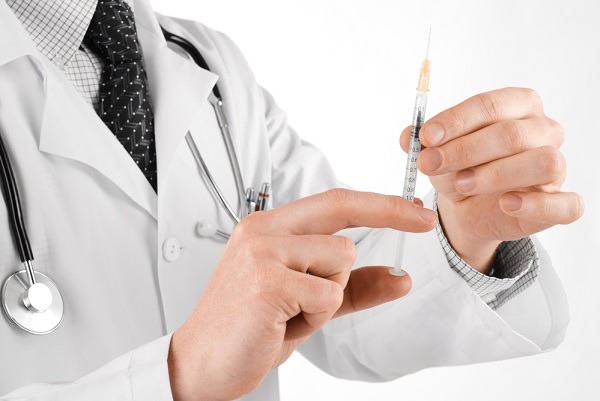Cholestyramine is a drug to lower high cholesterol and treat itching due to blockage of the bile ducts. This medicine should only be used with a doctor's prescription.
Cholestyramine works by removing bile acids from the body. That way, the liver will be triggered to use cholesterol in the blood to make new bile acids. This will cause a decrease in cholesterol levels in the blood.

Besides being used to lower high cholesterol, cholestyramine is also used to treat itching due to the buildup of bile, either caused by liver disease or blockage in the bile ducts.
Keep in mind, cholestyramine does not cure high cholesterol, but helps control it. Therefore, it is important to exercise regularly and eat healthy foods while taking this drug.
Trademark cholestyramine: Sequest
What is Cholestyramine?
| group | Bile acid binder |
| Category | Prescription drugs |
| Benefit | Helps lower cholesterol levels and treat itching due to excess bile |
| Consumed by | Adults and children |
| Cholestyramine for pregnant and lactating women | Category C: Animal studies have shown adverse effects on the fetus, but there are no controlled studies in pregnant women. The drug should only be used if the expected benefit outweighs the risk to the fetus. Cholestyramine is not absorbed into breast milk. However, caution must be exercised in taking cholestyramine while breastfeeding, because of the potential for vitamin deficiency. |
| Drug form | Powder in sachet |
Warnings Before Taking Cholestyramine:
- Do not take cholestyramine if you have an allergy to this drug.
- Tell your doctor if you suffer from total bile duct obstruction, cholestyramine is not recommended for use in this condition, as it is not effective.
- Tell your doctor if you have ever had hemorrhoids, constipation, kidney disease, liver disease, diabetes, coronary artery disease, thyroid disorders, or phenylketonuria.
- Tell your doctor if you plan to have dental work or surgery while you are taking cholestyramine.
- Tell your doctor if you are taking any medications, including supplements and herbal products. Cholestyramine can affect the absorption of folic acid and fat-soluble vitamins, such as vitamins A, D, E, and K.
- Tell your doctor if you are pregnant, breastfeeding, or planning a pregnancy.
- Immediately see a doctor if there is an allergic reaction to the drug or an overdose after taking cholestyramine.
Dosage and Instructions for Use of Cholestyramine
The following is the dose of cholestyramine that will be given by the doctor to treat high cholesterol and itching due to blockage of the bile ducts:
- Adult dosage: 4–8 grams per day in divided doses 1–2 times daily. The maximum dose is 24 grams per day.
- Dosage for children aged <18 years: 240 mg/kg BW per day in divided doses 2-3 times a day. The maximum dose should not be more than 8 grams per day.
For patients who experience constipation, cholestyramine should be taken once a day for the first 5-7 days. After that, the dose can be increased to 2 times a day if constipation does not worsen. If constipation worsens, consult your doctor again for a dose adjustment.
MethodConsuming Cholestyramine Correctly
Take cholestyramine according to the prescribed dose, and check with your doctor regularly while taking this drug. The doctor will determine whether this drug is effective and the consumption of the drug should be continued or not.
Cholestyramine should not be taken in dry form, but must be dissolved in drinks or food. Once dissolved, consume the food or drink until it runs out so that you get the right and appropriate dose.
Swallow the cholestyramine solution immediately and do not gargle or leave it in the mouth for too long, because this drug can damage the tooth enamel. Always brush your teeth and rinse your mouth with water after taking this medicine.
If you are taking other drugs while taking cholestyramine, take 4–6 hours before or 1 hour after taking other drugs.
If you forget to take cholestyramine, do it as soon as you remember, if the break with the next consumption schedule is not too close. If it is close, ignore it and do not double the dose.
Store cholestyramine at room temperature, no need to refrigerate. Keep cholestyramine out of the reach of children, heat, and direct sunlight. Throw away any leftover cholestyramine that is not used or when it has expired.
Cholestyramine interactions withOther Drugs
Cholestyramine may inhibit the absorption of the following medicines when taken together:
- Folic acid.
- Propranolol
- Digoxin
- Loperamide
- Phenylbutazone
- Barbiturate
- Estrogen
- Progesterone
- Thyroid hormone
- warfarin
- Fat soluble vitamins
Cholestyramine Side Effects and Dangers
Side effects that may occur after taking cholestyramine are:
- Nauseous
- Irritation on the tongue
- Constipation or even diarrhea
- Stomach bloating or pain
- Itching around the anus
- Bloody stools or black stools
- Easy bruising and bleeding
Immediately see a doctor if you experience the above symptoms or complaints after taking cholestyramine. In addition, you should also go to the doctor immediately if you experience an allergic drug reaction, which is characterized by a red rash on the skin, swelling of the lips and eyelids, or difficulty breathing.









